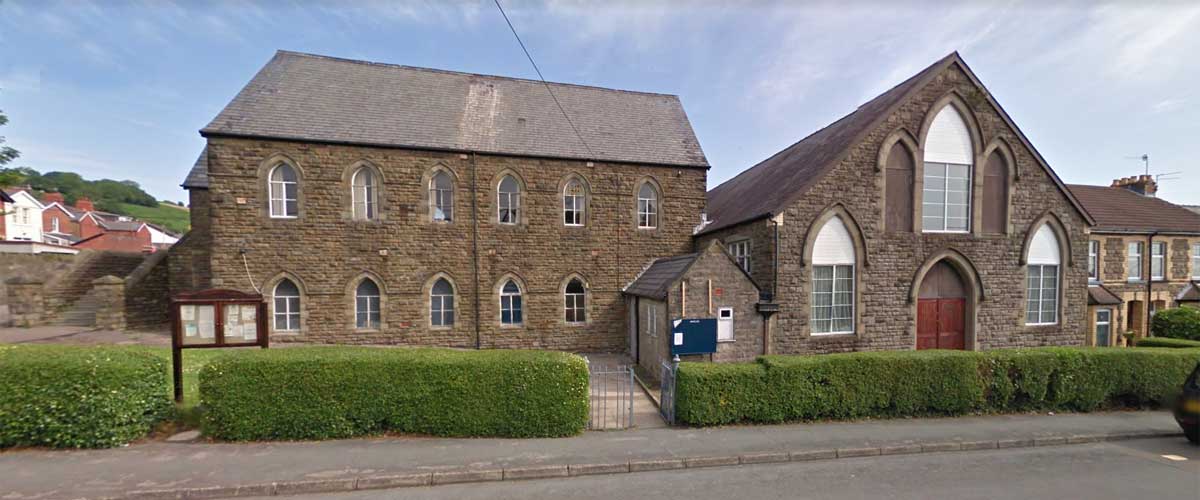
The coming of the railway
This was the age of the canal; they were fairly expensive to build but cheap to run so by 1793 a canal system linking Brecon to Abergavenny was decided on. By 1812 a 33 mile stretch from Brecon to Pontypool had been built, linking up to the Newport to Crumlin canal and by 1842 the docks at Newport were in operation.
The iron industry in the valleys of South Wales now had an economical way of transporting finished goods and raw materials to other parts of Britain or abroad by sea, via the Brecon to Newport link and soon coal, iron, timber, limestone, foodstuffs and all manner of finished goods were flowing along the canal system. However the age of steam was under way. This offered a faster way of getting goods to market and the days of the canals were numbered. Within a few decades they were no longer financially viable.
The stretch of canal from Pontypool to Newport was owned by the Monmouthshire Canal Company. The directors could see which way the wind was blowing and so they sought permission to build a railway from Newport to Pontypool. This was in operation by 1852, with the company changing it's name to the Monmouthshire Railway and Canal Company.
It was not long before the London North Western Railway Company had built a line from Hereford and a station was built at Pontypool. This was a fairly slall one at first and it was called "Newport Road", a name that was later changed to "Pontypool Road". The first stationmaster was one Henry Griffiths, a one-time policeman employed by the Great western Railway; and there is much more about it later!
The coming of the railway was a huge stimulus for the area and the station had to grow to keep up with the demand. Soon new lines were built connecting South nWales to The Midlands and Northen England with Pontypool a major hub. Eventually it grew to a major marshalling yard with fifty lines with coal stores for refueling the engines, engineering workshops, and goods storage sheds.
Right up until the 1960s Pontypool Road was a major railway junction.
